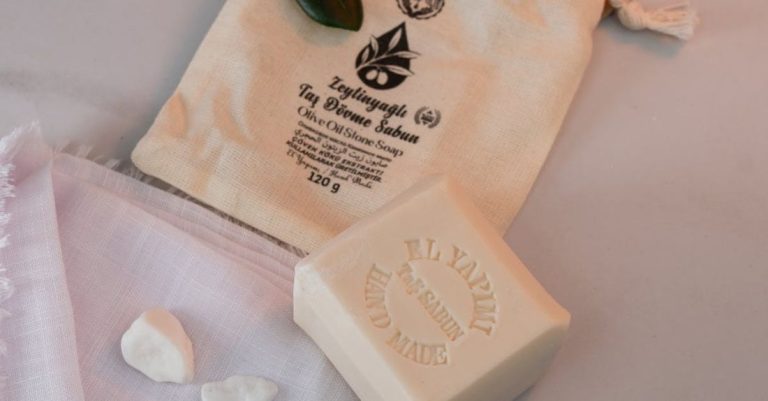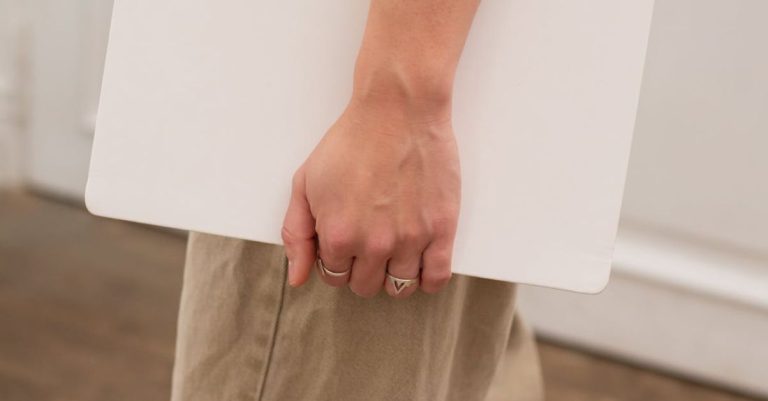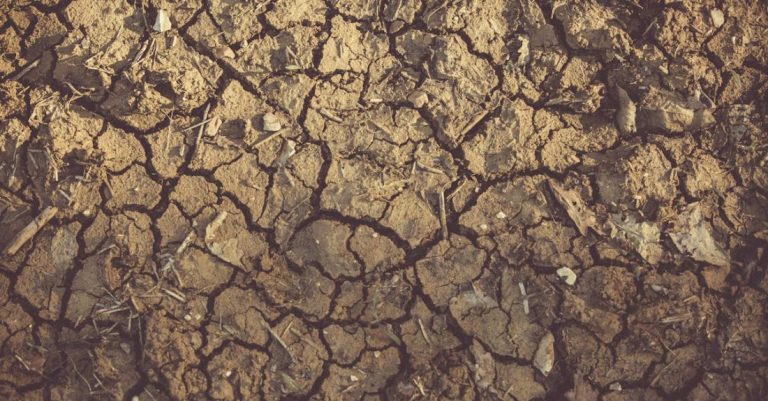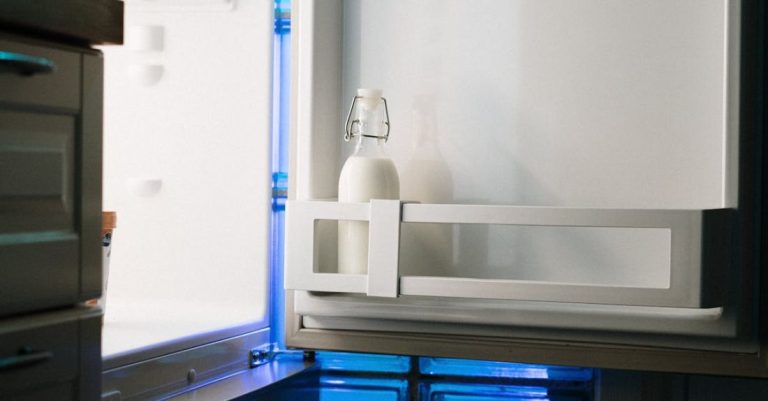
Understanding the pH level of your soil is crucial for successful gardening and landscaping. The pH level indicates the acidity or alkalinity of the soil, which in turn affects the availability of nutrients to plants. Testing the pH of your soil is a simple process that can be done at home using various methods. In this article, we will explore different ways to test your soil pH and provide you with the necessary information to ensure your plants thrive in the right soil conditions.
**Why Test Your Soil pH**
Before delving into how to test your soil pH at home, it is essential to understand why it is important. Soil pH influences the availability of essential nutrients to plants. Most plants prefer a slightly acidic to neutral pH level, around 6.0 to 7.0, for optimal growth. If the soil is too acidic or alkaline, certain nutrients may become unavailable to plants, leading to stunted growth and poor health. By testing the pH of your soil, you can determine if any adjustments need to be made to create the ideal conditions for your plants to flourish.
**Testing Soil pH Using a pH Test Kit**
One of the simplest methods to test your soil pH at home is by using a pH test kit. These kits are readily available at garden centers and are easy to use. To test your soil using a pH test kit, follow the instructions provided with the kit. Typically, you will need to collect soil samples from different areas of your garden, mix them with the testing solution, and observe the color change to determine the pH level. Compare the color of the solution to the color chart provided to identify the pH level of your soil.
**DIY Soil pH Testing with Vinegar and Baking Soda**
If you prefer a more hands-on approach, you can conduct a DIY soil pH test using vinegar and baking soda. To do this, collect soil samples from various locations in your garden and place them in separate containers. Add a small amount of vinegar to one container; if the soil fizzes, it indicates that the soil is alkaline. In another container, add a bit of water and sprinkle baking soda over the soil; if it fizzes, the soil is acidic. This method provides a rough estimate of the soil pH and can help you determine if further testing is necessary.
**Soil pH Testing Strips**
Another convenient option for testing your soil pH at home is using soil pH testing strips. These strips are easy to use and provide quick results. Simply collect soil samples, moisten the testing strip with water, and insert it into the soil. The color change on the strip will indicate the pH level of your soil. Soil pH testing strips are affordable and a practical choice for regular monitoring of your soil pH.
**Interpreting Soil pH Results**
Once you have tested your soil pH using one of the methods mentioned above, it is essential to interpret the results correctly. A pH level below 7 indicates acidic soil, while a pH above 7 indicates alkaline soil. Ideally, most plants prefer a slightly acidic to neutral pH level, around 6.0 to 7.0. If your soil pH is outside this range, you may need to make adjustments by adding amendments to bring it to the desired level for optimal plant growth.
**Maintaining Optimal Soil pH**
After testing and interpreting your soil pH, it is crucial to maintain the optimal pH level for your plants. This can be achieved by adding organic matter such as compost, peat moss, or lime to adjust the pH of the soil as needed. Regularly testing your soil pH and making the necessary adjustments will ensure that your plants receive the right nutrients for healthy growth and vibrant blooms.
**In Summary**
Testing your soil pH at home is a straightforward process that can significantly impact the health and vitality of your plants. By understanding the importance of soil pH, choosing the right testing method, interpreting the results accurately, and making necessary adjustments, you can create the ideal growing conditions for your garden. Regularly monitoring your soil pH will enable you to make informed decisions about plant care and ensure a thriving garden year-round.





